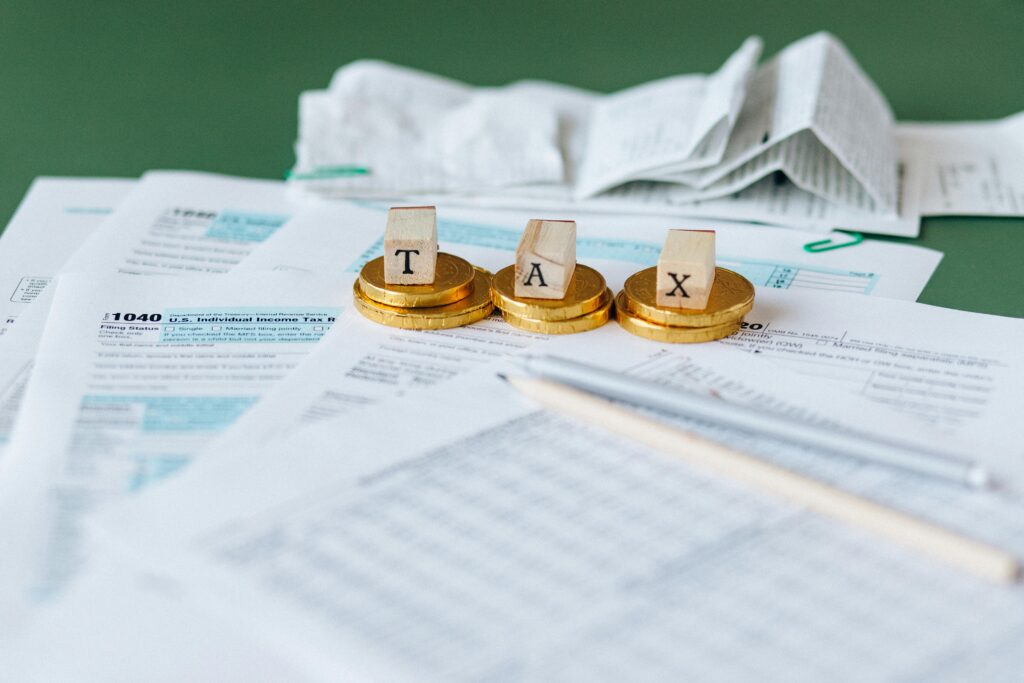What is a RRSP and how does it work?
Every January, the acronym RRSP starts popping up in the media. Financial institutions are reminding us to make our contribution before the deadline so that we can lower our income tax bill. While this all sounds great, do you know how a RRSP works and should you even have one? Keep reading to become more empowered on all things RRSP.
What is a RRSP?
A RRSP, or Registered Retirement Savings Plan, is a tax-advantaged savings and investment account in Canada. It is designed to help Canadians save for their retirement. Contributions to a RRSP are tax-deductible, meaning that individuals can deduct the amount of their RRSP contributions from their taxable income. Thus, reducing the amount of income by the amount of the RRSP contribution on which they are taxed.

Features of a RRSP
RRSPs have several features that are unique.
- Tax Deferral: When a RRSP is purchased, a tax deduction is received on the individual’s income tax return. The original amount contributed to the RRSP along with any income earned in the RRSP (such as interest, dividends and capital gains) are taxed on the individual’s income tax return when they are withdrawn from the account. In simple terms, you get a tax deduction when you contribute and you pay taxes when you withdraw from the account.
- Contribution Limits: The CRA (Canada Revenue Agency) only allows you to contribute a maximum amount to your RRSP. The limits are calculated as a percentage of your earned income from the prior year plus any prior contribution room not used. It is important to know how much you are allowed to contribute. If you contribute more than you are allowed you may receive penalties. You can find your current year contribution limit on your MyCRA portal or on your Notice of Assessment
- Investment Options: A RRSP is a type of account similar to a savings or chequing bank account. This means you can invest your RRSP funds into a variety of investment options. You could have a RRSP account that invests in stocks, bonds, mutual funds and/or GICs. You can also open a RRSP account at many different financial institutions. You are not limited to only having a RRSP at a bank or credit union.
- RRSP contribution timelines: A RRSP contribution is eligible to be deducted if it is contributed by a set deadline in the year after the tax year. The deadline is typically the end of February or beginning of March depending when the weekend falls. For example, if you are preparing your 2023 income tax return, you can use RRSP contributions made on or before February 29, 2024.
- Spousal RRSP: You are able to make a contribution to a spousal RRSP. What this means is that the money you are investing into a RRSP can be put into a RRSP account in your spouse’s name. The contribution is considered to have come out of your contribution limit. The advantage is when you are withdrawing the RRSP your spouse will claim the withdraw on their tax return. This is often a strategy for income-splitting in retirement to reduce the overall tax burden.
RRSP Common Misconceptions
If you don’t have a RRSP you aren’t saving for retirement – FALSE
There are many other ways to save for retirement aside from a RRSP. You could have a company funded pension plan. You could also save your retirement money in another type of savings’ account like a TFSA (Tax Free Savings Account).
Everyone should contribute to a RRSP to take advantage of the tax savings – FALSE

Every person over 18 with earned income in the previous year has the ability to contribute to a RRSP. There is not a minimum amount that must be contributed to open a RRSP account. But not everyone will gain a tax advantage by contributing to a RRSP. If you are in a lower income tax bracket, you may actually never receive a tax benefit to contributing to a RRSP. It is important to understand what your current tax situation is now and what it might look like at retirement before contributing to a RRSP.
My RRSP account is just another savings account that I can withdraw from at anytime- Sort of
While you are always capable of withdrawing funds from your RRSP account, it may not always be a wise financial decision to withdraw the RRSP. When you withdraw a RRSP, it is considered taxable income in the year of the withdraw. What this means is if you already have other income in the year that you take out your RRSP, you may be paying tax on the withdraw at a high rate.
Contributing to a RRSP should only be for retirement savings- FALSE
While RRSPs are primarily designed for retirement savings, they can also be used for other purposes, such as buying a home (with the Home Buyers’ Plan) or funding education (with the Lifelong Learning Plan). There are very specific rules around both of these purposes so it is best to ensure you are educated on these plans before moving forward.
RRSPs can be a useful tool to helping you get to your future financial goals. They can also end up becoming a tax burden if you are not properly prepared. Making sure you fully understand what a RRSP is and how it works is important to ensure you are making a wise decision for your financial future.




